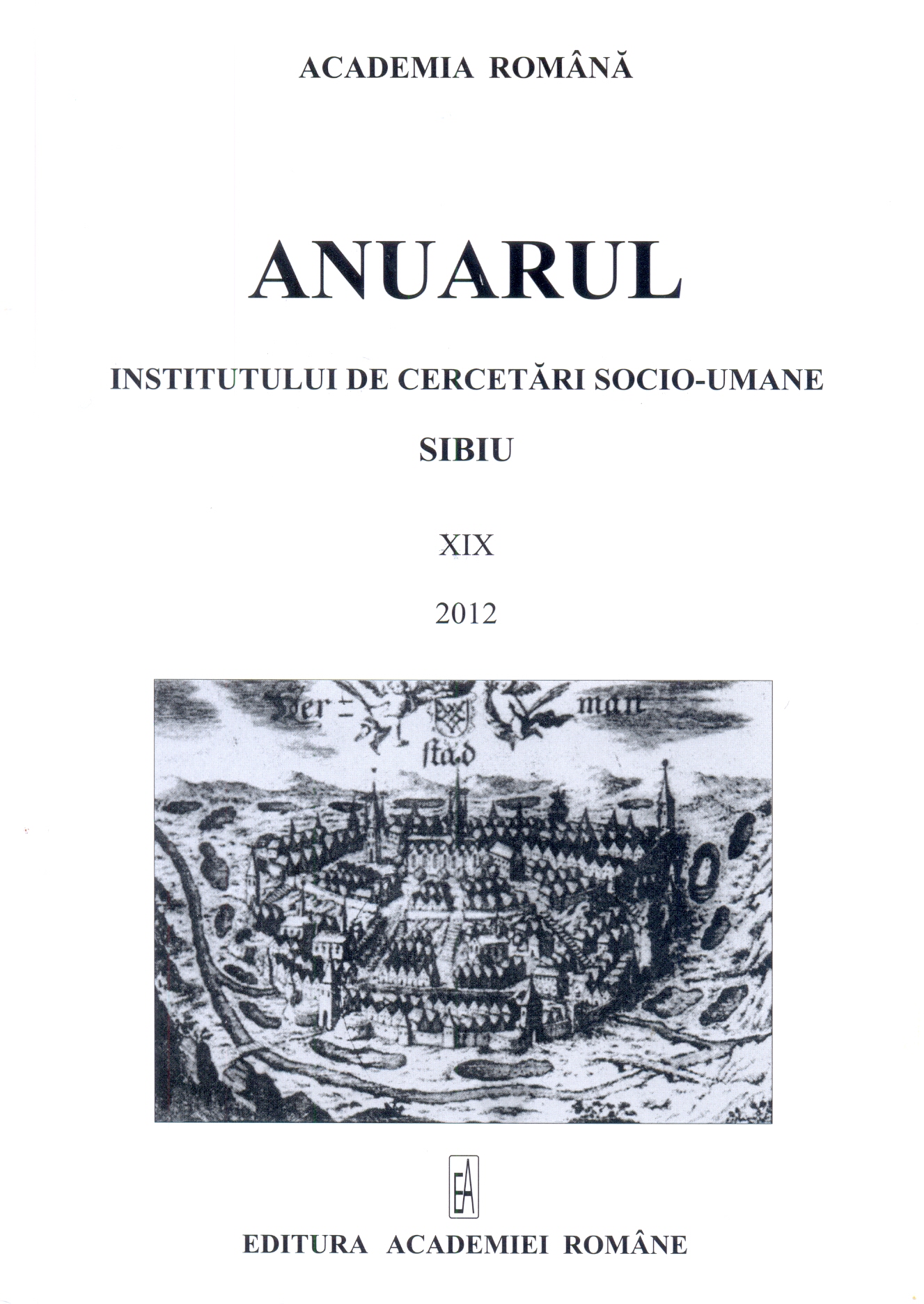„Bizanţ după Bizanţ” în pictura Europei răsăritene
“Byzantium after Byzantium” in the Painting of Eastern Europe
Author(s): Mihaela ProcaSubject(s): Christian Theology and Religion, History of Art
Published by: Editura Academiei Române
Keywords: post Byzantine painting; iconography; orthodox; popular art; Byzantine;
Summary/Abstract: Even after the fall of Constantinople, the Orthodox world culture in the Balkans and Russian territories continued to be dominated by the authority of the Eastern patriarchal church. The religious painting of the 16th and 17th centuries is determined by the last Byzantine period, the Paleologue Renaissance, and was created by itinerant painters, whose skill was defined primarily by observing the traditional canons of iconography. Western influences in theme and style of icon painters can be detected, in a first stage, in peripheral areas of the former empire, Crete and Venice, Byzantine conservatism proving receptive to renewals of Italian Renaissance. The 18th century is characterized by a so-called Balkan painting without nationality, with a strong popular aspect, due to permanent contacts between the ethnic Orthodox, subject to the same conditions of subordination to the Ottomans. Gradually, by the end of the century, under pressure from Catholic circles in western and northern areas of Orthodox culture began to be assimilated elements of baroque repertoire of the urban centers that were subsequently imposed by the authority of painting academies.
Journal: Anuarul Institutului de Cercetări Socio-Umane Sibiu
- Issue Year: XIX/2012
- Issue No: 19
- Page Range: 7-14
- Page Count: 8
- Language: Romanian
- Content File-PDF

